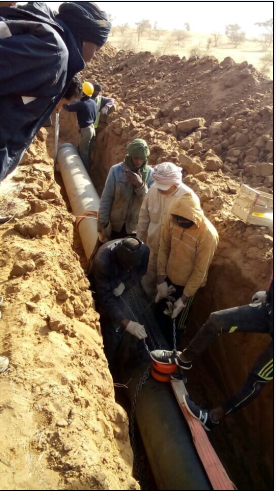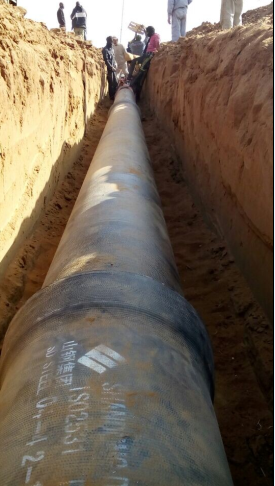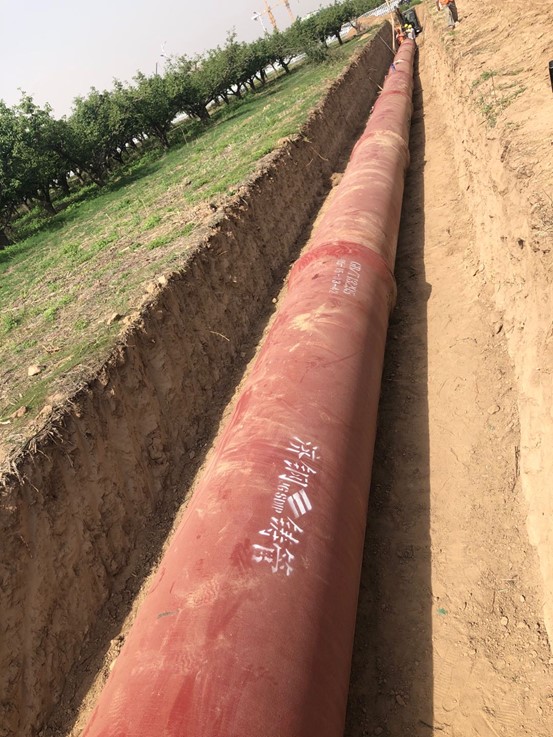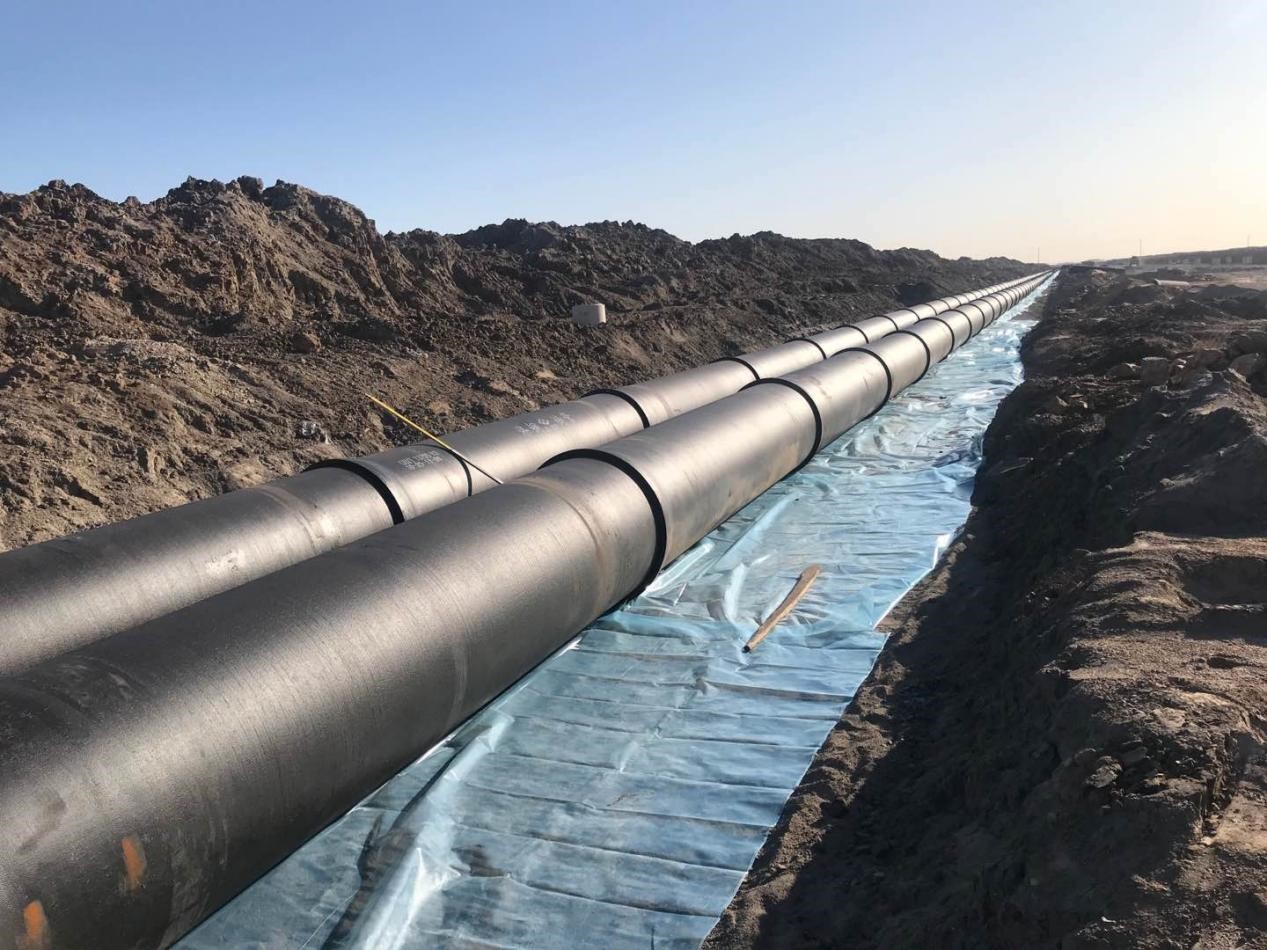Key Performance Indicators for Cast Pipes in Water Supply and Drainage Systems
2024-12-24 17:11:19 hits:0
Pipe Material Strength and Pressure Resistance

- Tensile Strength: Cast pipes need to have sufficient tensile strength to prevent rupture or deformation during installation or operation.
- Compressive Strength: Especially in underground or high-pressure environments, the pipe's compressive strength is crucial to withstand external soil pressure and internal water pressure.
- Yield Strength: This refers to the stress at which the material undergoes permanent deformation, affecting the long-term stability of the pipeline.
Corrosion Resistance

- Water supply and drainage pipes are often exposed to water, air, and underground soil, which can cause corrosion. Cast iron pipes must have good corrosion resistance, particularly in acidic, alkaline, or humid environments.
- Some cast pipes are surface-treated (e.g., coated or galvanized) to enhance corrosion resistance.
Crack Resistance

- Cast iron pipes must have good crack resistance to prevent cracking during transportation or installation due to impact or mishandling.
- Generally, the material’s toughness and elongation at break are key indicators of crack resistance.
Precision of Internal and External Diameters

- The dimensional accuracy of pipes is crucial, as the internal diameter affects flow capacity, while the external diameter impacts the accuracy of joint connections. The manufacturing precision of cast pipes must be strictly controlled to ensure tight seals and smooth flow during installation.
Wall Thickness of the Pipe
- The wall thickness of cast pipes directly relates to the pipe’s pressure-bearing capacity and durability. Different applications require varying wall thicknesses, with high-pressure systems requiring thicker walls.
- The wall thickness should meet the relevant specifications based on operating pressure and environmental conditions.
Interface Type and Sealability
- The interface type of cast pipes (such as push-fit joints, threaded joints, or flange joints) affects the installation and connection performance. It must comply with standard design requirements to ensure good sealability and prevent leakage.
- The tensile strength and compressive strength of the joints are also crucial to avoid leaks during operation.
Weight
- Cast pipes are typically heavy, which affects transportation and installation efficiency. The weight of the pipe should comply with relevant standards and be suitable for the installation conditions.
High and Low-Temperature Resistance

- Depending on the usage scenario, some cast pipes may need to withstand high or low temperatures. Temperature resistance is especially important in industrial applications or cold regions.
Seismic Performance
- In areas prone to earthquakes or other natural disasters, the seismic performance of the pipes must also be considered. The design and material of the cast pipe should effectively resist damage caused by seismic activity, ensuring the stability of the water supply and drainage system.
Material

- Common materials for cast pipes include gray cast iron, ductile iron, etc. Ductile iron pipes offer better tensile and compressive strength, corrosion resistance, and toughness, and are increasingly used in water supply and drainage projects.
- Abrasion Resistance
- For pipes that transport water or particles (such as silt or sand) over long periods, abrasion resistance is an important indicator. In certain mining or industrial drainage applications, abrasion resistance helps extend the service life of the pipes.
- Frost Resistance
- In cold regions, pipes may suffer damage from freezing and expansion. Cast pipes should be designed with frost resistance in mind to avoid rupture in low-temperature environments.

 en
en  fra
fra  de
de  ru
ru  gle
gle  th
th  ara
ara  it
it  jp
jp  kor
kor  zh
zh 


